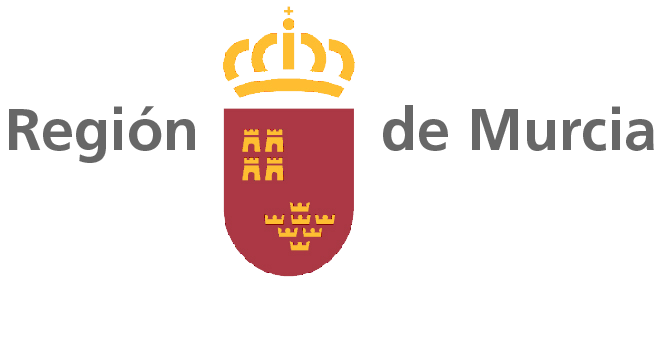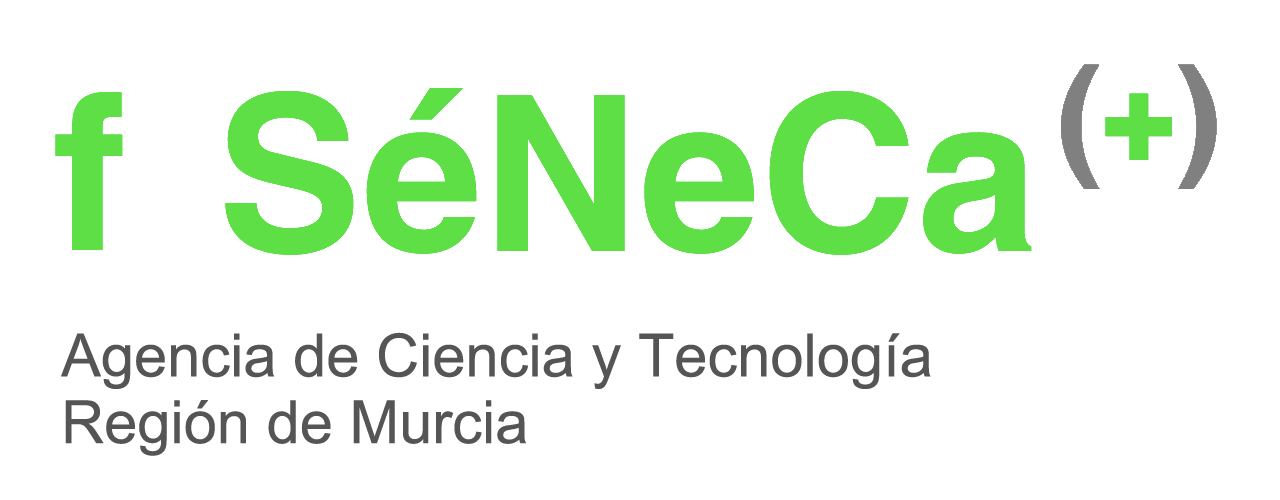Presentación oral sobre cronotoxicidad de anestésicos en peces en el xxvi congreso de la isc (INTERNATIONAL SOCIETY OF CHRONOBIOLOGY)
La solicitante ha enviado un resumen para su presentación en dicho congreso internacional, en forma de comunicación oral, en concreto para la sesión de "Ritmos en peces y sus mecanismos".
Objetivos
Además de la comunicación de resultados propios, la solicitante espera por un lado, mejorar sus conocimentos acerca del estado actual de la cronobiología (campo en el que realiza su actividad científica) así como establecer contactos con los colegas asistentes a la conferencia, que al ser internacional permite una mayor interacción con investigadores del área procedentes de todo el mundo.
Resumen enviado
CHRONOTOXICIY OF ANAESTHETICS IN FISH
Objetivos
Fish can be considered as rhythmic physiological systems and so, their response to xenobiotics exposure is expected to be equally rhythmic. Anaesthetics are used in aquaculture to minimise the stress response of fish during routine procedures. Tricaine methanesulphonate (MS-222) is among these anaesthetics. The toxicity and effectiveness of MS-222 might vary not only with the concentration but also with the time of day in which the exposure is carried out. These daily variations could be due to the existence of rhythms in several physiological processes, such as absorption, metabolism, excretion and detoxification. The glutathione S-transferases (GSTs) are a group of detoxification enzymes which activity displays a circadian rhythm in mice, although the presence of daily rhythmicity in fish has not been investigated yet.
Métodos
The mortality caused by MS-222 at ML (mid light) and MD (mid darkness) was investigated and the LC50 assessed. To this end, fish were exposed to different anaesthetic concentrations. After exposure, fish were transferred to clean water, to monitor their recovery, and after 30 min the mortality rate was recorded. In a second experiment, the time of induction to anaesthesia and recovery were investigated at ML and MD, using a sublethal concentration of MS-222 (60 and 65 mg/L). For this, fish activity was filmed and videos analysed with specialized software (Fish Tracker). Finally, the existence of a daily variation of GST activity and the influence of feeding time on this rhythm were studied. To this end, GST activity was measured in extracts from tissue homogenates by colorimetry with a commercial kit (Sigma).
Resultados
MS-222 toxicity was significantly higher at ML (zebrafish LC50= 170.5 mg/L and seabream LC50=85.5 mg/L) than at MD (zebrafish LC50=213.6 mg/L and seabream LC50=107.6 mg/L) (trimmed Spearman- Karber method). In addition, when fish were exposed to a sublethal but effective MS-222 concentration, in zebrafish, induction time of anaesthesia was 7 min at ML, whereas at MD was 12 min. In seabream, 7 minutes were needed for a reduction of 50% in swimming activity at ML compared to the 9 min required at MD. As regards recovery, fish showed activity levels similar to basal levels 10 min after MS-222 removal at ML, but only 6 min at MD. Concerning GST activity, preliminary results indicated the existence of a daily rhythm. Nevertheless, measurements are currently in course and final conclusions cannot be stated yet.
Conclusiones
Our results indicated that both toxicity and effectiveness of MS-222 are higher during the day than at night, which should be taken into account when designing and applying protocols for anaesthesia in aquaculture.

